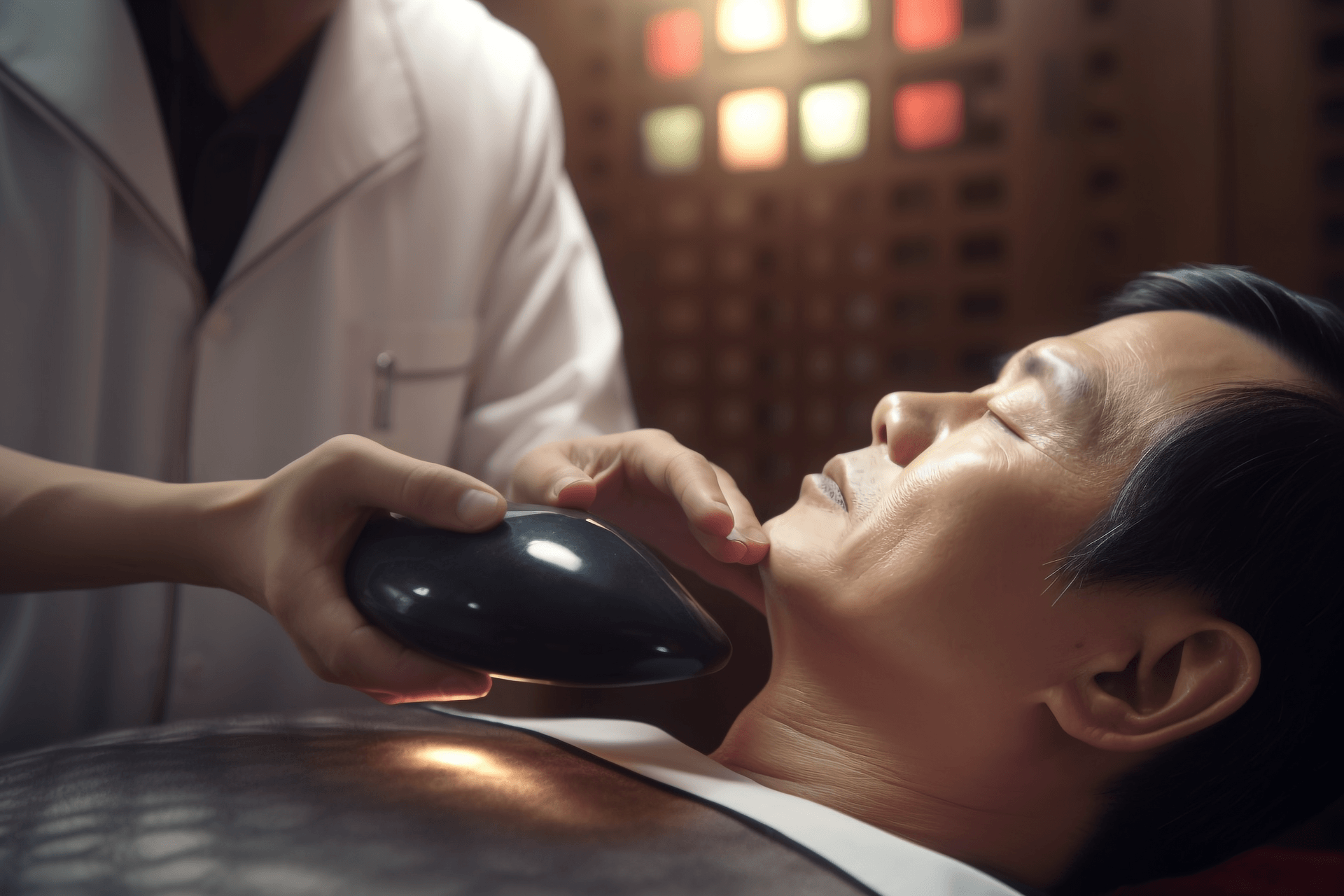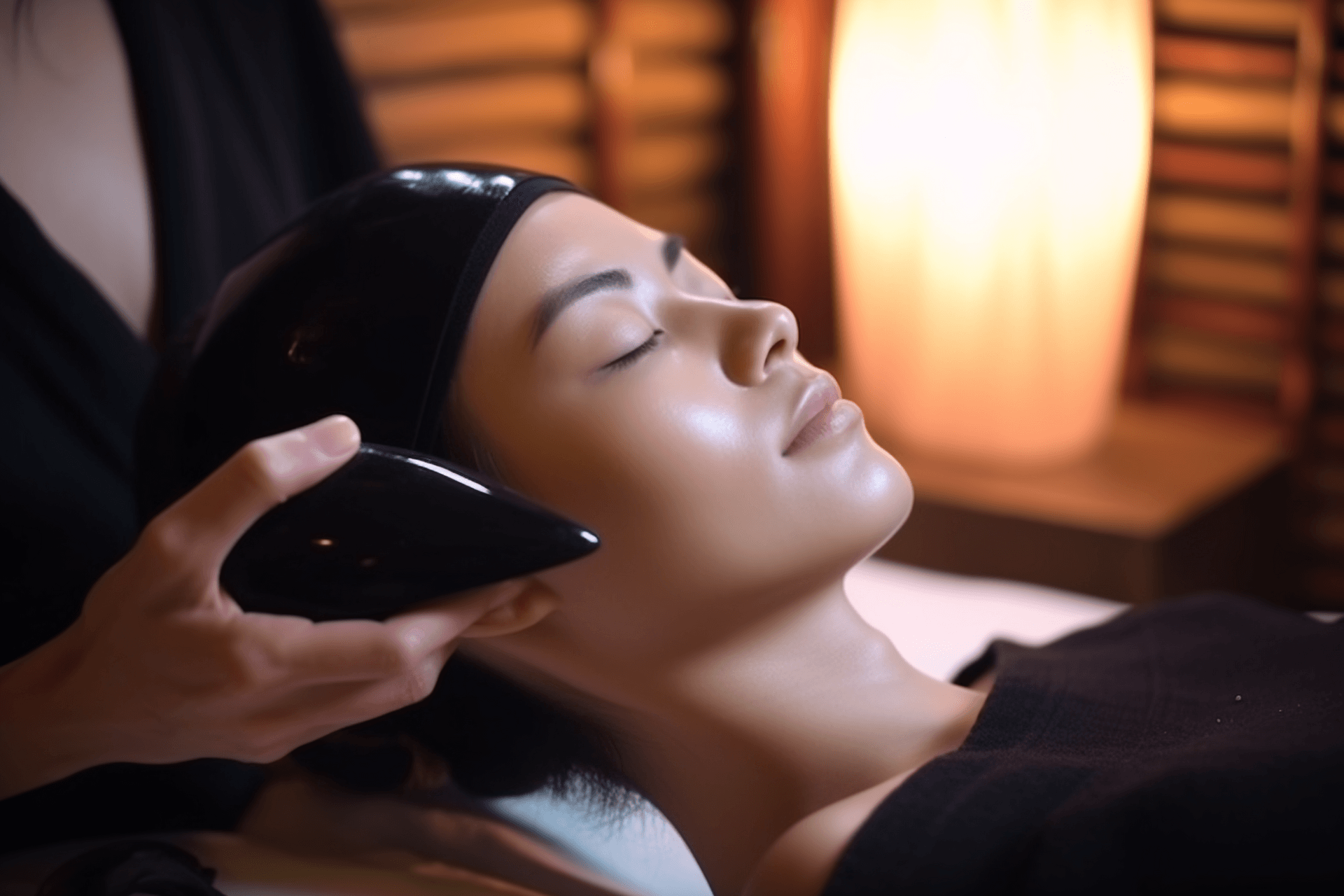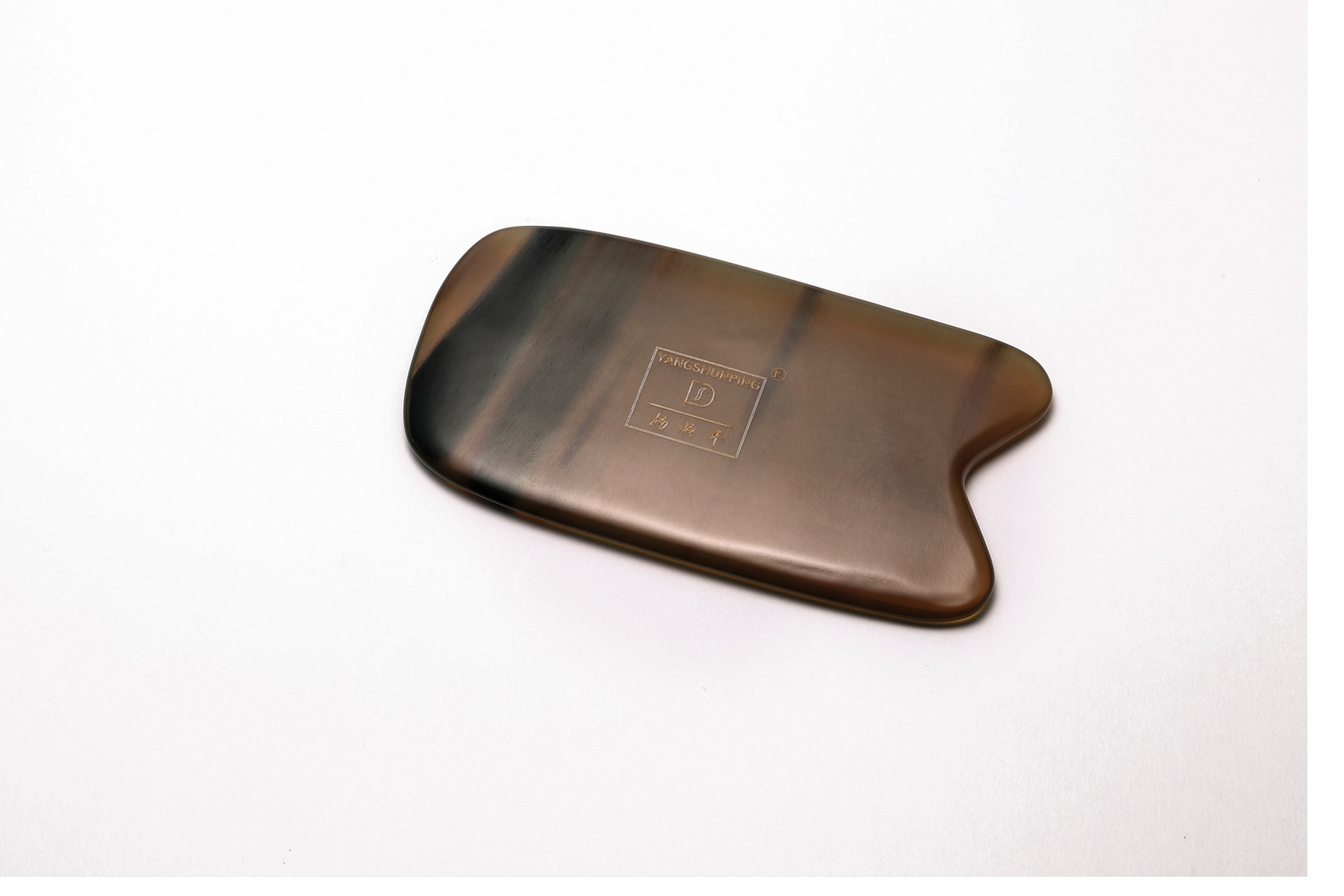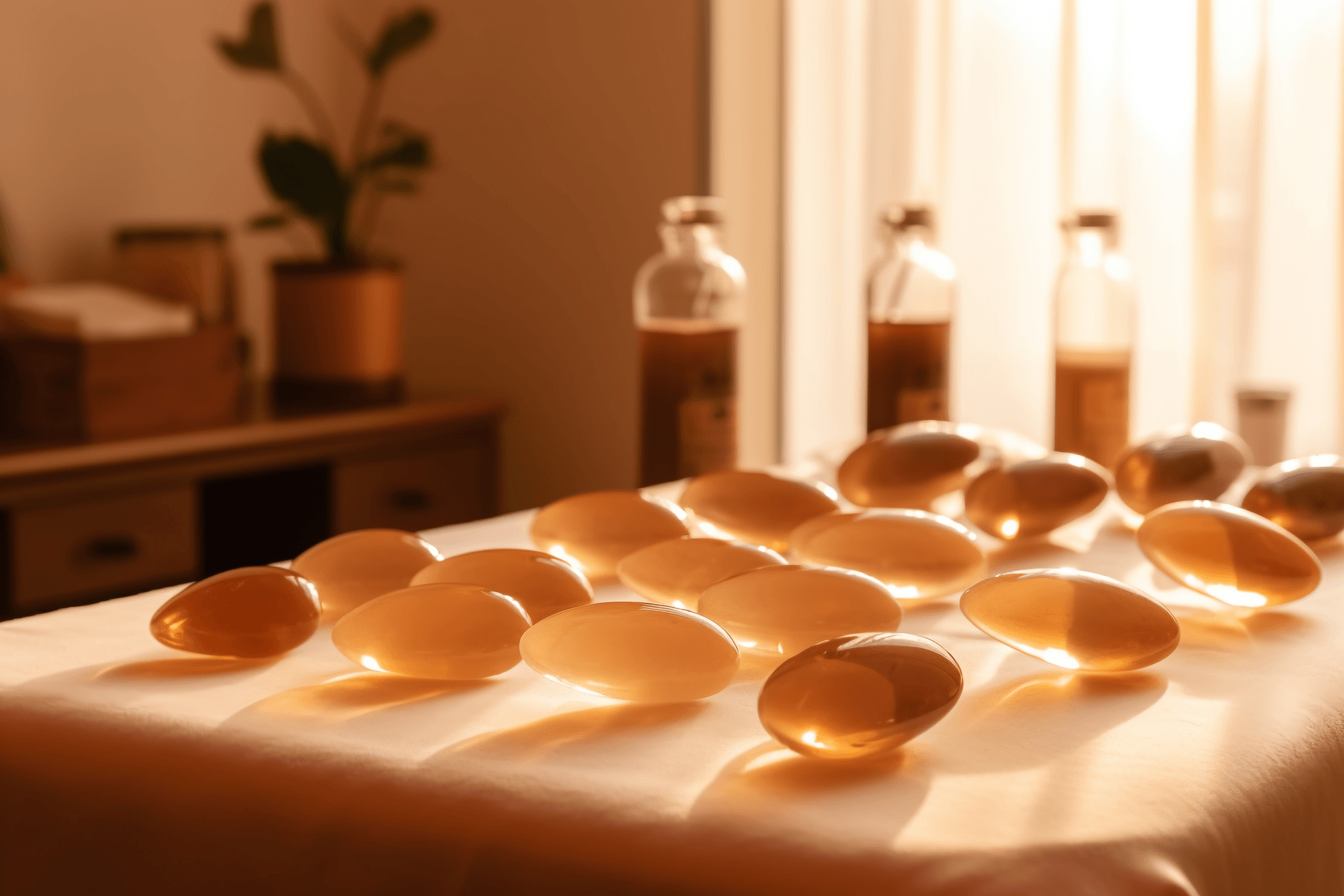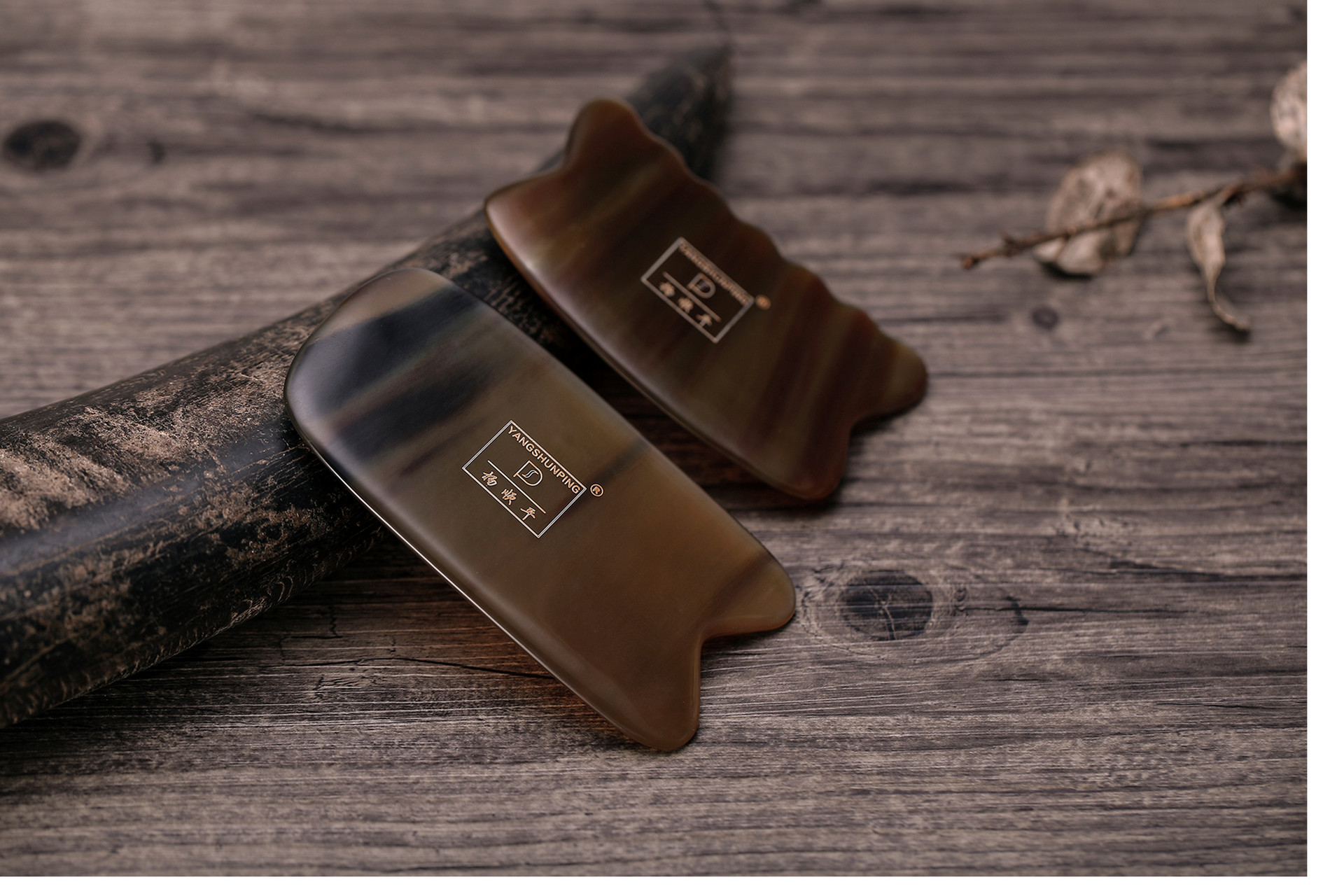Nowadays, more and more traditional Chinese healthcare methods are gaining popularity, such as gua sha, massage, cupping, acupuncture, etc. Everyone has noticed that regular massage and gua sha can help relax the body and relieve pain. But why is this? What is the purpose of gua sha, cupping, and massage? Let's take a look.
The purpose of gua sha is to promote the circulation of meridians. This is because meridians can "determine life and death, treat various diseases, regulate deficiencies and excesses, and must be unblocked."
Similarly, the purpose of massage and cupping is also to promote the circulation of meridians. Acupuncture, moxibustion, herbal medicine, and qigong also aim to promote the circulation of meridians. Each herb is classified according to its meridian, and the treatment methods in Traditional Chinese Medicine all converge on promoting the circulation of meridians. This is the convergence of different paths.
Someone may wonder if there is a more understandable term for "promoting the circulation of meridians" for ordinary people. Yes, today I will tell you. "Promoting the circulation of meridians" is actually equivalent to "increasing the gaps and creating more space between the pores of your skin." After understanding this explanation, everyone should understand.
Before planting crops, we need to plow the land. The purpose of this is to facilitate the growth of seeds. You can't sow seeds on concrete, as they won't grow. I believe everyone understands this.
Gua sha is like loosening the top layer of your skin. Cupping is like loosening the layer beneath the top layer, or loosening the top layer if it is not suitable for gua sha. Massage includes loosening both the top and inner layers of the skin. It is both a summary and a supplement to gua sha and cupping.
Let's take an analogy. We all know that if a light bulb doesn't work, it could be because the bulb is broken, the circuit is disconnected, or the switch is not working. Similarly, the human body relies on the circulation of qi and blood. Whether a person has sufficient energy depends on the function of their organs and the smoothness of the pathways within their body. When a person feels unwell, they go to see a doctor who will tell them which organs, such as the heart, liver, spleen, lungs, or kidneys, have problems. In Western medicine, they may use ultrasound, CT scans, or MRI scans to diagnose organ problems, but no doctor tells you if your pathways are blocked (or what we call meridians in Traditional Chinese Medicine). In the field of Western medicine, there is simply no concept of blocked pathways. Only Traditional Chinese Medicine studies the problem of blocked pathways.
What happens if the roads in a city are blocked? The city's garbage can't be disposed of, resulting in more and more garbage and a foul smell, polluting the environment. At the same time, essential supplies cannot enter the city, leaving the residents without food. Just like this, if the pathways in the human body are blocked, the waste in the body cannot be completely eliminated and will accumulate between the pores of the skin, resulting in various "dead tissues." If not treated, these tissues can further erode the internal organs and develop into various tumors. If the membrane surrounding the tumor is strong enough, it is benign, but if it breaks, it becomes cancerous. The consequences of blocked pathways will also prevent essential nutrients from entering the body, making a person feel lethargic and lacking energy. The person will be in a state of suboptimal health. At this point, if the pathways are not cleared first and only nutrients are supplemented, the person will become "inflamed" and unable to be properly nourished. There is a saying among ordinary people, "If you want to be rich, build roads." Similarly, if a person wants to be healthy and live a long life with abundant energy, they must first clear the pathways within their body.
The principles of suboptimal health in a city and in the human body are the same. Ancient people observed the astronomical phenomena, surveyed the geography, and understood human affairs. They shifted their focus from external observation to internal observation and thus discovered the laws of the changes and functioning of things.
When you understand this principle, you will know that gua sha, cupping, massage, acupuncture, moxibustion, herbal medicine, and qigong all play a significant role in clearing the pathways within the human body, providing enough space between the pores of the skin to ensure the circulation of qi and blood. This is why meridians are considered so important, as they "determine life and death, treat various diseases, regulate deficiencies and excesses, and must be unblocked."
Modern medicine has confirmed that gua sha has analgesic properties and can be used to treat pain-related conditions such as headaches, rheumatism, and stomachaches. It can also enhance local and systemic blood and lymph circulation, promote overall metabolism, and have effects on cardiovascular health, sweating, immune function, beauty, and anti-aging. Although gua sha has preventive and therapeutic effects, when dealing with serious illnesses, it is still necessary to go to the hospital for comprehensive examinations before receiving targeted treatment.
First, gua sha practitioners need to understand the distribution of meridians on the surface of the body and perform gua sha accordingly. They should choose the appropriate positions for gua sha based on the condition of the patient and the patient's position, usually starting in the supine position. The instruments, the practitioner's hands, and the areas to be gua sha should be disinfected with 75% alcohol. Then, a medium such as water, gua sha oil, baby oil, or olive oil should be applied to the areas to be gua sha.
During gua sha, the practitioner holds the gua sha tool at a 45-degree angle to the skin of the gua sha area and uses wrist and arm strength to perform gua sha with moderate and even force, taking into account the patient's tolerance. The order of gua sha is generally from the head, neck, back, chest, abdomen, upper limbs, to lower limbs, from top to bottom, from inside to outside, gua sha in one direction only, avoiding back and forth gua sha. After gua sha is performed on one area (meridian), the next area (meridian) can be gua sha. The speed of gua sha should be natural and smooth, and gua sha should be stopped when petechiae or slight purplish-red marks appear locally. It is important not to force the production of petechiae and to avoid subcutaneous bleeding caused by excessive mechanical pressure.


